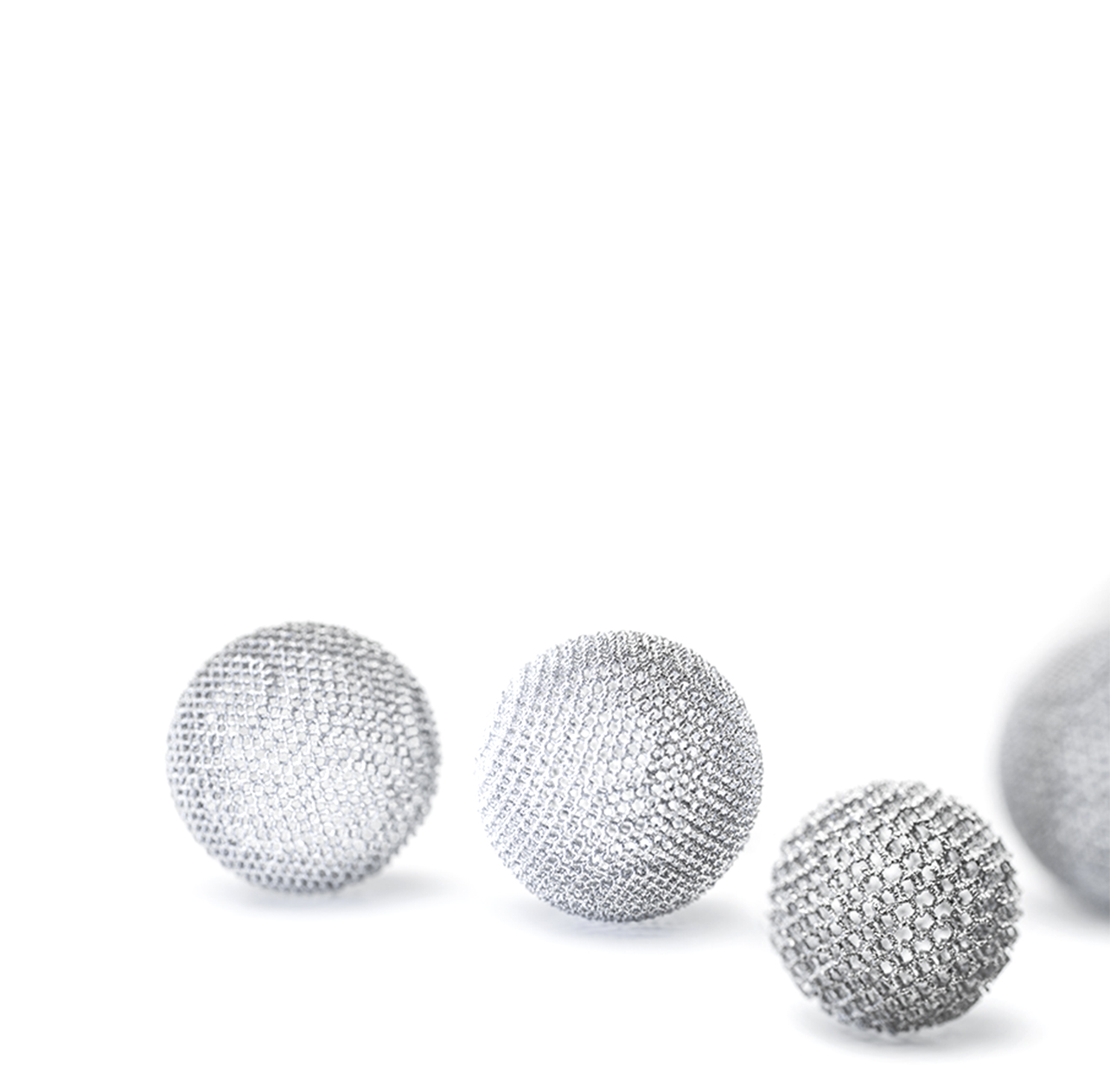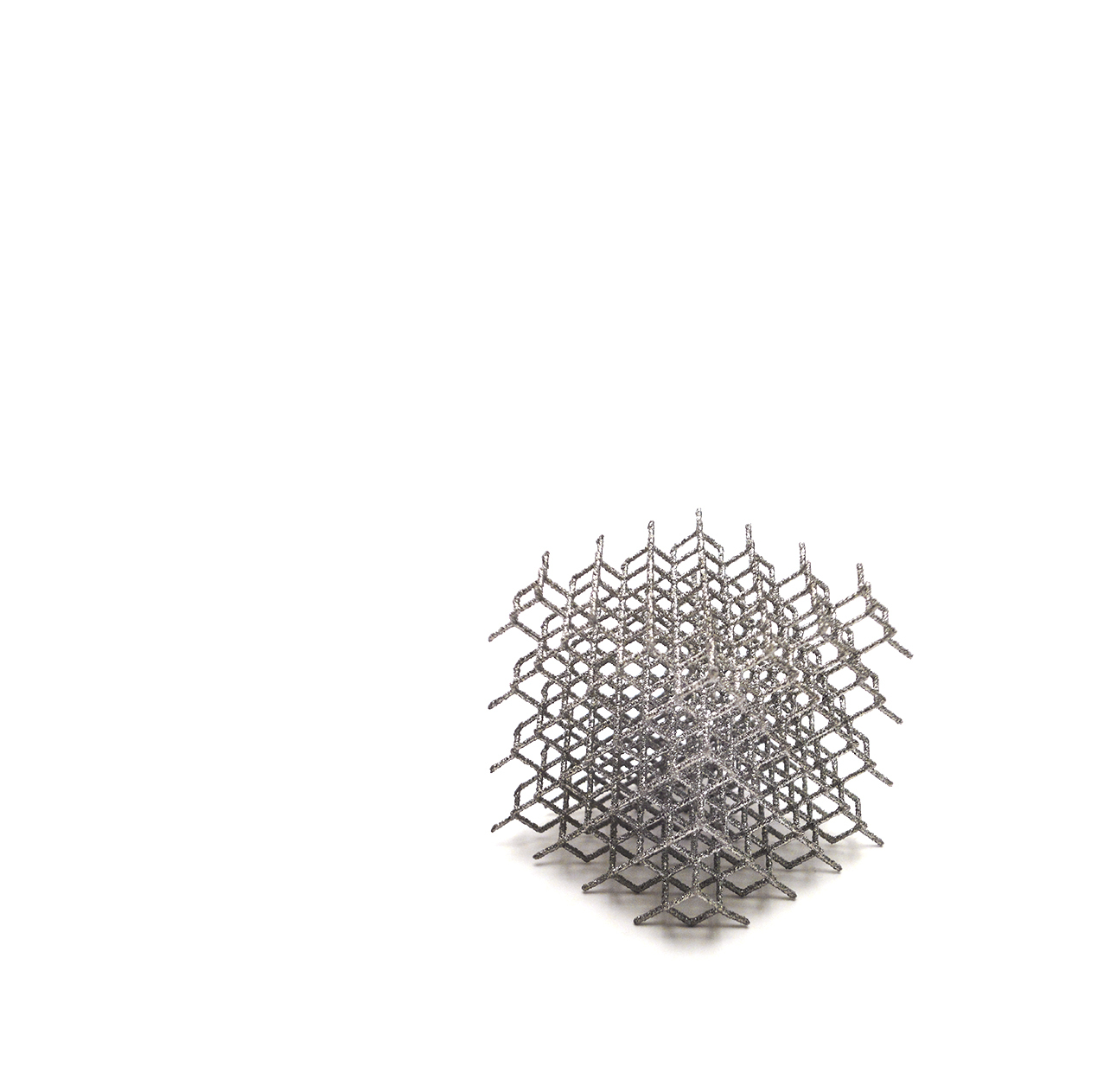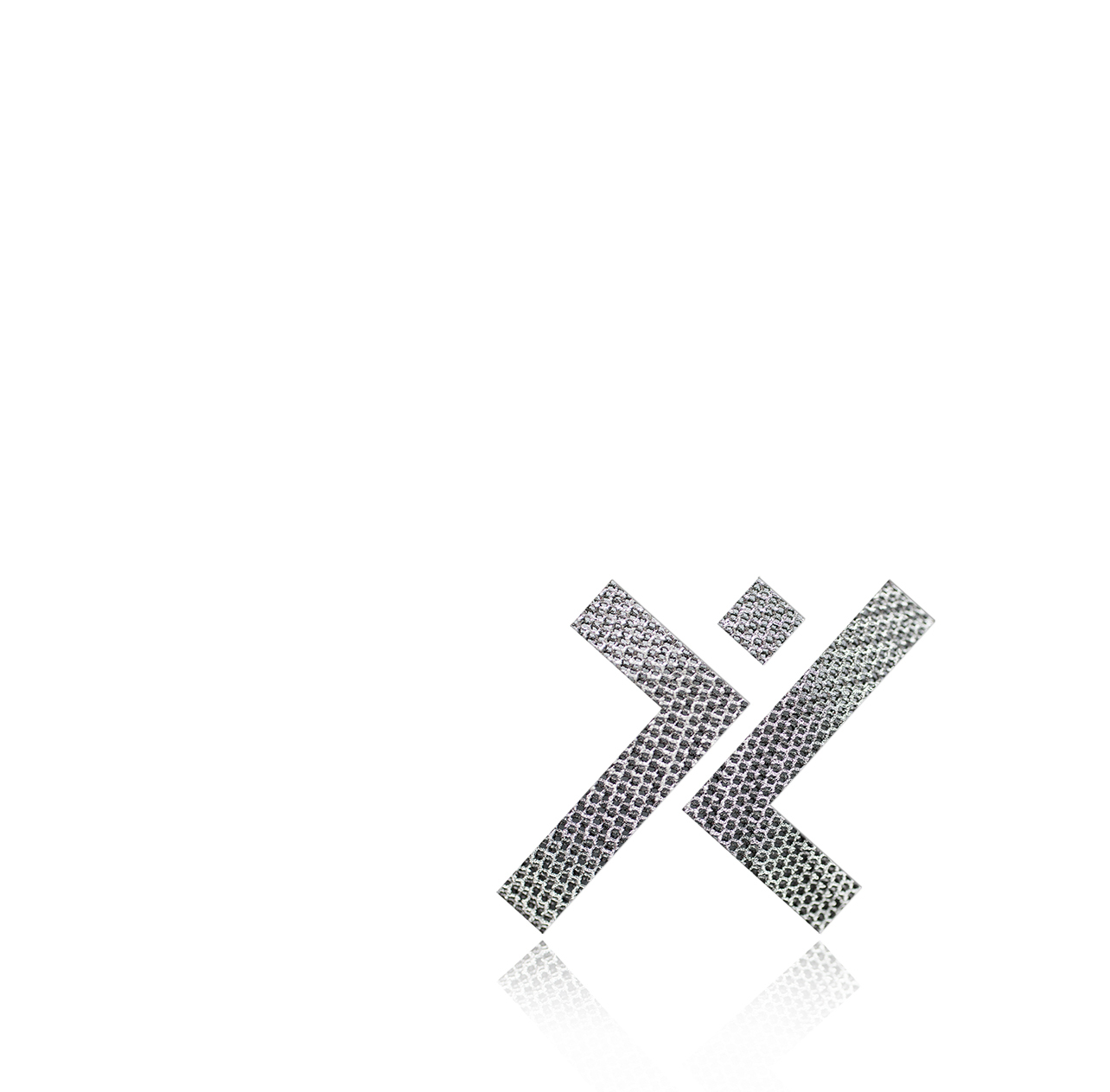05 Jun_2023
LimaCorporate's SMR was the first system to address multiple indications of shoulder replacement. Discover more in the new blog by Consultant Orthopaedic Surgeon Livio Di Mascio

In the final blog in our series, we hear from Mr. Livio Di Mascio, a consultant orthopaedic surgeon in London. Mr. Di Mascio’s clinical interests include upper limb sports injuries, arthroscopic shoulder surgery, and primary and revision joint replacement. He currently practices at The Royal London Hospital where he is the Clinical Director (Bart's Health NHS Trust) and Fortius Clinic London. Mr. Di Mascio has been using Lima Corporate’s SMR system for around 12 years after being introduced to it when he was completing his training experience in Australia.
Shoulder joint replacement, although less common than hip and shoulder replacement, remains a growing area of orthopaedics. Currently, shoulder replacements, I estimate according to current NJR data, account for approximately 2% of all total joint replacements in the UK.
There are two types of shoulder replacement: the anatomic shoulder replacement, which relies on functioning rotator cuff muscles and is able to maintain normal shoulder anatomy, and the “reverse” total shoulder replacement, which reverses the ball and cup, enabling maintenance of shoulder mobility and function, even in the absence of a functioning rotator cuff.
Unfortunately, joint replacement can fail for a number of reasons. Unlike the hip or knee, a mode of failure in shoulder replacement surgery is the failure of the rotator cuff tendons themselves - around what would potentially be a nicely performed and fixed total shoulder replacement.
In this setting, a major revision surgery of well-fixed components would potentially need to be performed to extract and exchange the joint replacement for a reverse total shoulder replacement.
Historically, this would be quite a surgical undertaking with potential for morbidity and complication to the patient.
LimaCorporate’s SMR system was one of the first joint replacements specifically designed to be able to “evolve” with the patients ever changing pathology. The SMR system’s design and instrumentation allows for straightforward component exchange to support conversion of an anatomic total shoulder to reverse total shoulder replacement with ease and without having to remove any of the components that are strongly fixed to bone.
The exchange components are designed to aid the surgeon change height, version and tension in the components with some very clever adaptable tapers. The fact that it is an inlay prosthesis (where the humeral components are not adding to the overall height of the prosthesis, means that over-tensioning is not an issue when this type of surgery is performed, which can often be an issue with other shoulder replacement platforms.
Solutions like LimaCorporate’s SMR system reverse prosthesis which offer versatility and enable surgeons to think ahead and better plan for complex cases can therefore be hugely helpful. In addition, while cement is useful in some circumstances, not using it, particularly in the humerus, is advantageous. It makes trauma surgery significantly easier and can lead to less morbidity for our patients, particularly if they may require an operation in the future. Most other systems used in the trauma setting require cement in the humerus, and I personally would prefer not to use it if I don’t need to!
The SMR system reverse and Lima Corporate’s broader SMR system, give me the confidence to plan for both simple and complex anatomic or reverse procedures. As a truly modular platform system, it just seemed intuitive to me when I started using it 12 years ago. It has options for all types of cases whether it be a simple primary, a shoulder operation on a younger patient, or a complex revision. Rather than using implants from a number of companies and learning how they each work, Lima Corporate has everything you’d need in one place. This helps with implant and instrument inventory and I also have the confidence that my future revisions, which undoubtably would be required at some point, would be more straight forward.
Alongside this, I’ve found the support from Lima Corporate to be excellent. It can be especially beneficial to scrub staff to use one system, who may be less familiar with shoulder arthroplasties given they happen less frequently in comparison to hip and knee replacements. For example, we recently had a Lima Corporate representative travel from Ireland to support nursing staff with a shoulder replacement revision surgery, so it really does feel as though the company goes out of its way to help surgeons and their clinical teams deliver for their patients.
Our role as orthopaedic surgeons is to restore function and mobility, reduce pain and enhance patients’ quality of life. Some cases can be complex and require revisions down the line, which can be dependent on a range of factors including the patient’s own biology. We always have to keep that in mind when we plan our surgeries, and Lima Corporate’s modular and versatile system gives me the confidence to manage the range of cases I may be presented with - simple or complex.




















